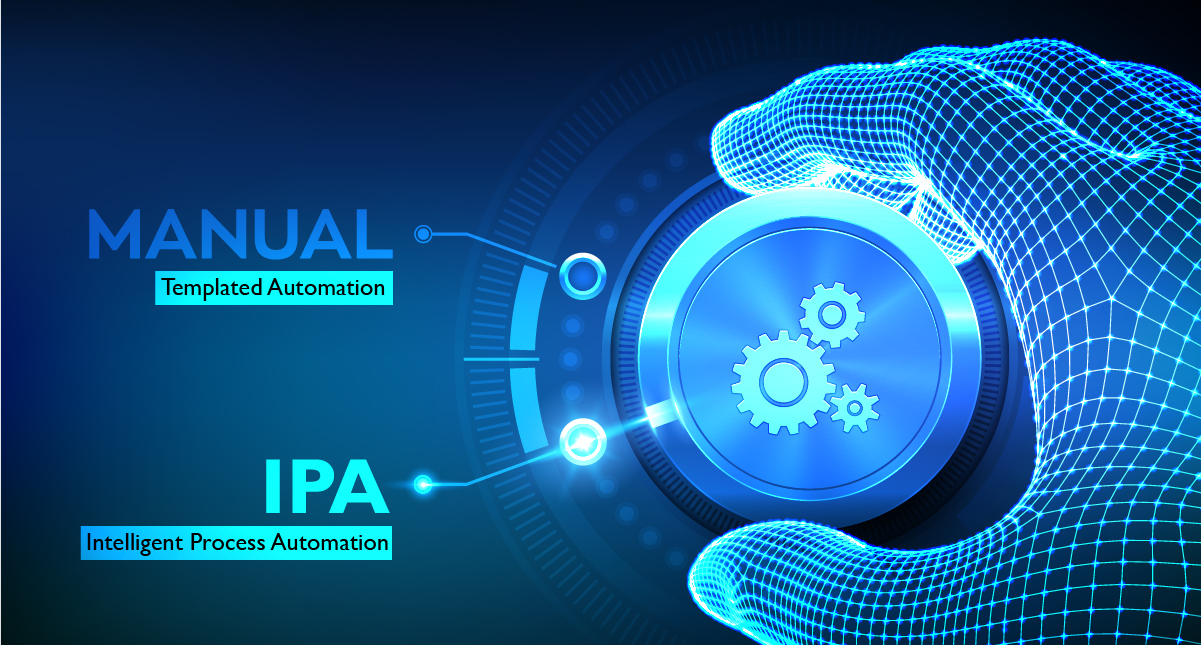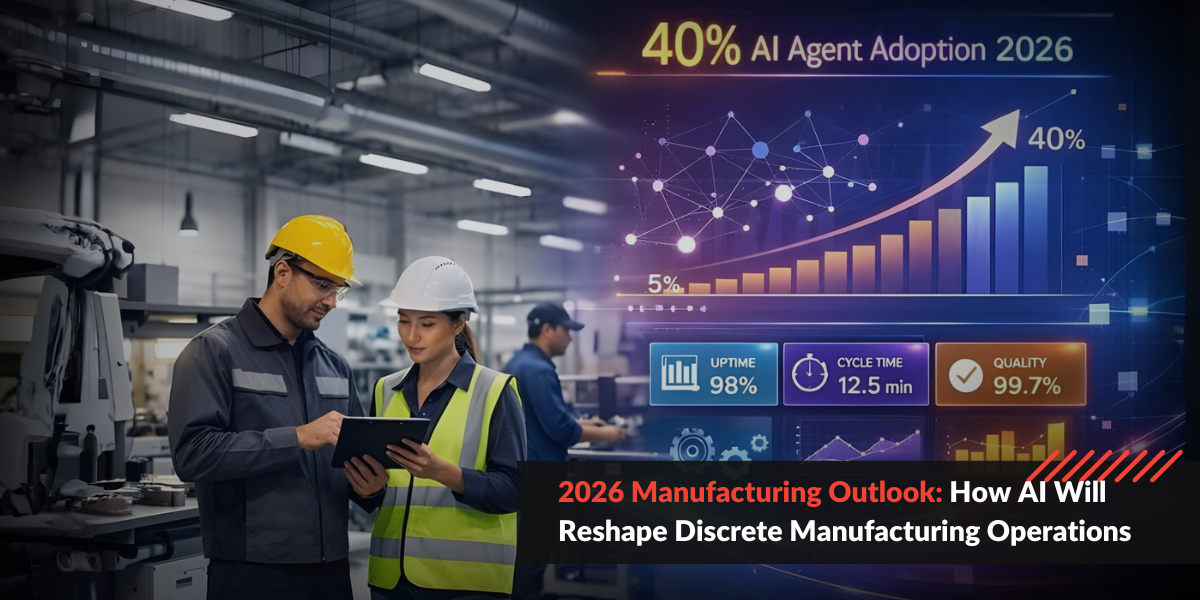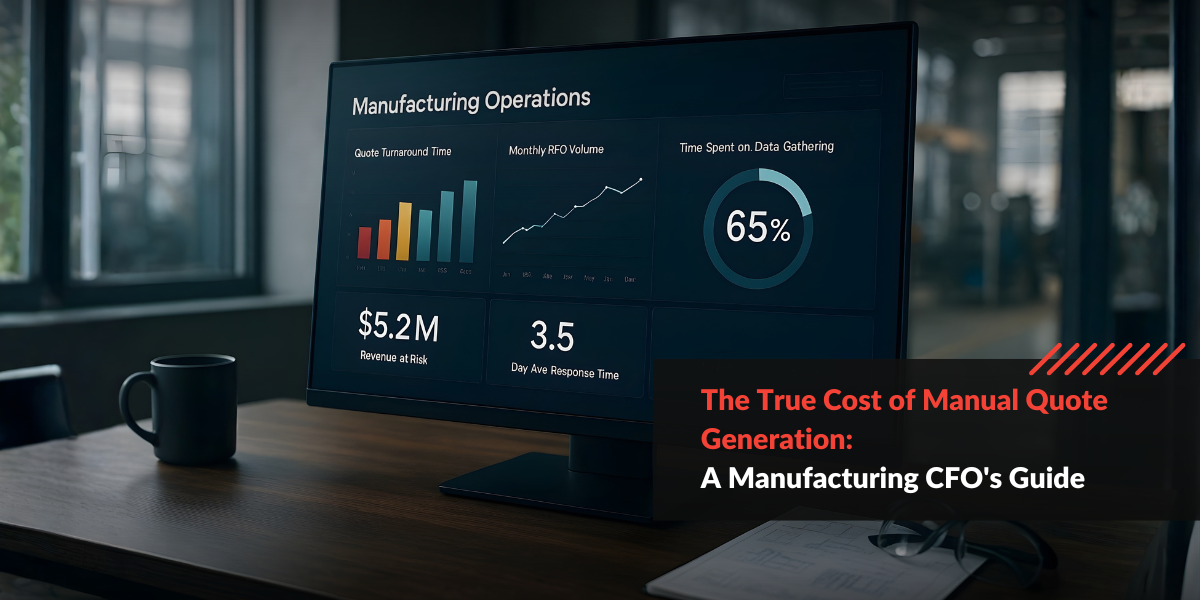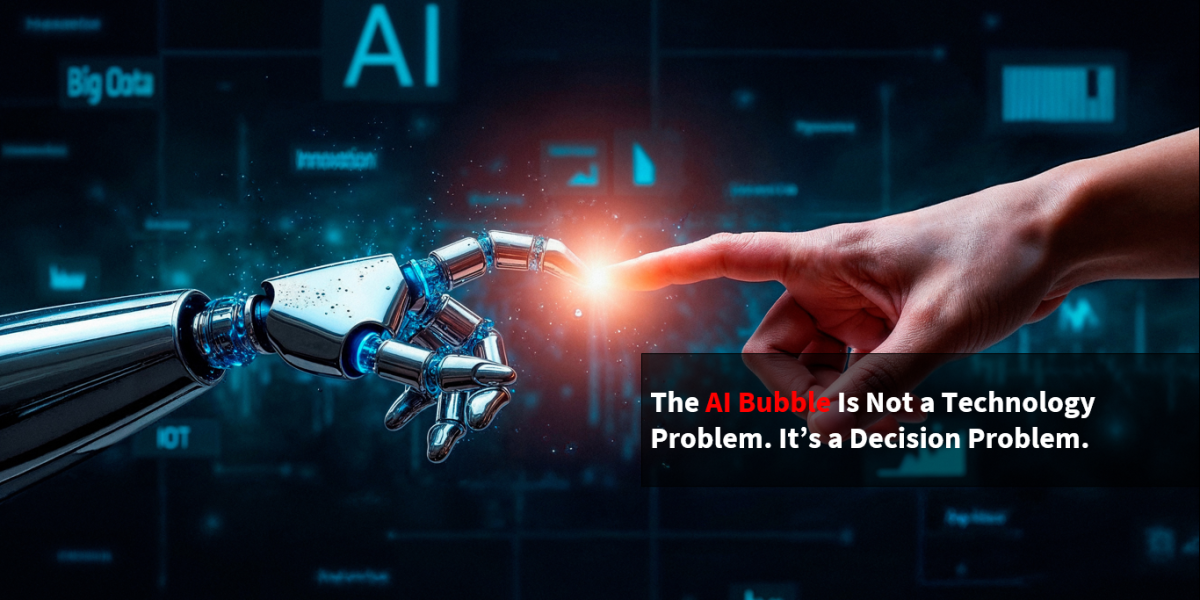Intelligent automation is rapidly becoming the new normal but templated automation that is highly rule-based can only go so far. Businesses that have implemented Robotic Process Automation (RPA) to automate their document processing by means of templates have all stumbled across the same dilemma – RPA based Document Processing templates eventually hit a wall due to ever-changing and evolving document formats.
Constantly updating templates requires going all the way up to the source, identifying the changes, and then inevitably spending excessive amounts of time and money. Alternatively, Intelligent Process Automation (IPA) solutions that harness both RPA and Artificial Intelligence (AI) surmount this obstacle as they can handle unstructured content.
Limitations of Template Based RPA Automation
Template-based automation with RPA solutions can only handle structured data – documents or spreadsheets using the same formats, placing the values for various fields in the same location. This is because the RPA is trained based on such templates to extract the corresponding value and process them accordingly. This is useful for invoices, forms, or financial documents that follow the same structure precisely. If documents rearrange locations of values and fields in their layout then the RPA solution will incorrectly extract values as per older template frameworks.
In some cases, the RPA will flag a change in values if it suspects that they do not follow the same means by which prior documents have been dealt with. But in most cases, the wrongly identified values will be passed on along the pipeline causing chaos that can snowball into a bigger problem the longer it remains unaddressed. RPA is great at handling repetitive tasks without any mistakes so long as the template and document continue to match each other.
Ace Document Processing with Intelligent Automation
However, documents and content with no clear format or structure – unstructured content constitutes about 80% of the data that businesses need to process. These non-template conforming documents are typically referred to as unstructured content and are ideal for IPA solutions.
Unstructured content is a challenge for over 90% of businesses and it is growing annually at a rate of 50-60%. Unlike RPA, IPA with its Machine Learning (ML), Deep Learning (DL), and document understanding capabilities can easily automate the processing of such documents and content. Therefore, it is imperative for enterprises to leverage IPA solutions for the deluge of unstructured content. With the AI component added to the mix, varying content that is unstructured can be automatically processed.
New information can be identified and correctly categorized regardless of whether or not it fits the template. This is thanks to AI capabilities like Natural Language Processing (NLP) and document understanding based on Computer Vision.
It works by taking a large chunk of unstructured documents and training the AI component of the IPA solution to understand language along with the context in email attachments, forms, shared documents, and so on. When an adequate number of document variations have been examined by the IPA solution, it will be equipped to learn from past experience to tackle future developments in document processing.
IPA solutions are highly beneficial in eliminating manual effort, enabling an 85% reduction in process cycle times along with an 80% reduction in resources implemented. Moreover, it can easily scale to handle surges in volume.
If you’d like to know more you could Explore The Emerging Role of Intelligent Automation in Insurance Document Processing. You can also check out Rise of Intelligent Document Processing Claims for Auto Insurance Claims.
If you’d like to explore opportunities where your business can benefit from IPA implementations for document understanding and hyperautomation, the Rapid Acceleration Partners team would be glad to help. Our next-gen, AI-powered content intelligence platform RAPFlow enables full lifecycle AI orchestration on a single platform. When used in tandem with our RPA tool RAPBot, it provides end-to-end workflow automation capabilities that can be deployed in just weeks. You can even build your own use case and the platform can easily integrate with your existing systems. Book a demo to get a more detailed understanding of how our products can transform your business.




